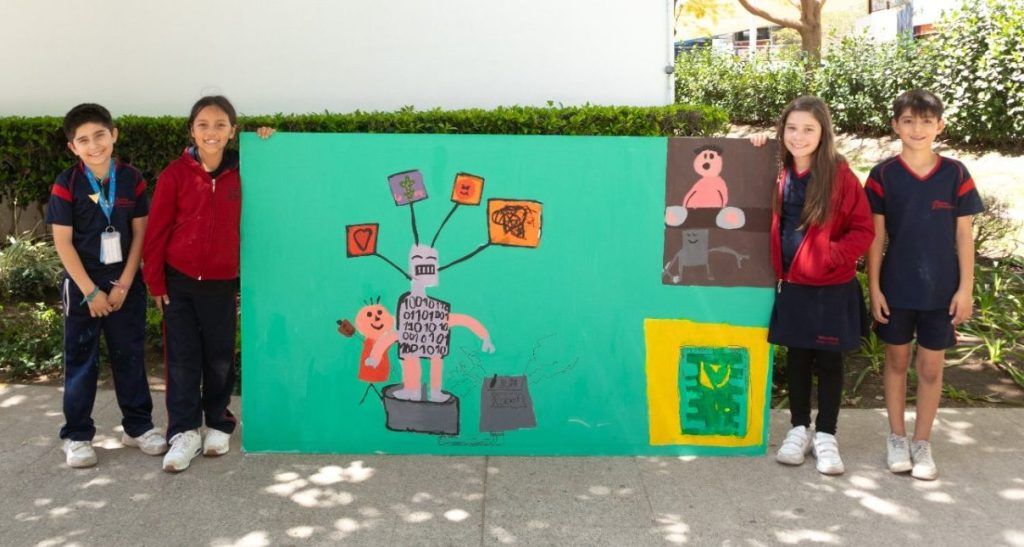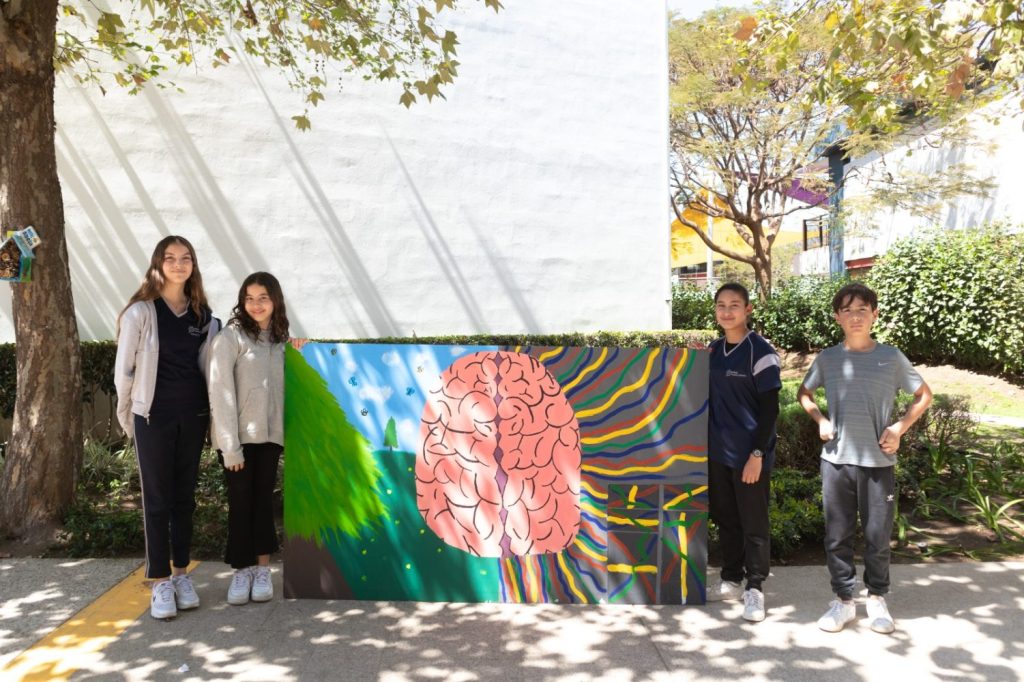GIFTED & TALENTED PROGRAM
The development of students' potential is a matter of great importance in the educational sphere. It is crucial for upcoming generations to develop this potential so they can propose solutions to various social, economic, and general challenges that our society faces. Therefore, at Thomas Jefferson Institute, we have implemented the Gifted and Talented program, which provides additional experiences for students identified with high capabilities.
Founded in 2009 and based on the training and enrichment philosophy of the Center for Talented Youth at Johns Hopkins University, Gifted and Talented is a program through which we identify, guide, and enrich students with outstanding abilities. We support their families and teachers in finding the best ways to enhance their talents. Through a "pull-out" system, our students exercise their skills through project-based learning, pursuing their interests and learning passions while acquiring tools for comprehensive growth.
In the Gifted and Talented program, we present current social issues and problems for students to research and create various products based on the gathered information.
Students in the program are provided with different tools and techniques that can also be used in their curriculum classes to help them become independent individuals and develop reading comprehension, metacognition, and critical thinking. This program takes into account the studies and ideas of Francoys Gagné, a Doctor of Psychology from the University of Montreal, who distinguishes between gifts and talents and maintains that potential is developed and turned into talent through formal and informal catalysts, including intrapersonal skills and learning processes.
For preschool students, we focus on introducing them to different types of talents and cover areas of knowledge such as technology, world history, science, and art, with the aim of discovering particular interests and talents. This is to provide them with an introduction to the topic of high capabilities and different types of intelligence.

INTRODUCTION TO THE "ARTIFICIAL INTELLIGENCE" PROJECT
This year, students from the G&T program undertook the task of learning the basic concepts of artificial intelligence, conducting research on a topic of their interest, providing a solution to a social problem, and relating it to ethics in Artificial Intelligence (AI). After this, they were able to depict their idea on a mural.
The general objective of the project is for students to understand how artificial intelligence works and its ethical issues, as well as to generate critical thinking regarding technological tools.

BENEFITS/STUDENT LEARNING THROUGH THE PROJECT.
Through this project, students were able to differentiate between the correct uses of artificial intelligence, visually represent their research using technology to paint on a large scale, train a computer to identify an object using programs like "Machine Learning for Kids" and "Teachable Machine" to understand the basics of how AI works, and generate critical thinking regarding the ethical, political, and opportunity areas of AI.
To support students in the project, a recognized muralist from the city of Guadalajara came to teach them painting techniques, tools for processing information and expressing it artistically, as well as teaching them to draw to scale through the use of technological tools.
Internally, students were supported with materials to analyze and synthesize the information found on the internet, articles, videos, and websites to find the necessary data to complete their research project.
WHERE AND HOW WILL THEIR WORK BE EXHIBITED?
Throughout June, the students will hold their final presentations, sharing all the work completed during the school year and soon displaying their murals at the school.
Students participating in the G&T program will take a field trip to the Cabañas Museum during the month of April. This visit is planned so that students can relate what they have learned about the objectives of the murals (message, political and social stance, storytelling) and the effort involved in creating one with the work of a globally recognized Mexican muralist such as José Clemente Orozco.
The Cabañas Museum is presenting an innovative opportunity to engage with its murals interactively using AI technology. Students will have the chance to interact with the artwork and apply their knowledge by asking questions, thus fostering critical thinking about the ethical implications of AI in both digital and traditional art forms.

See the news in Instagram



